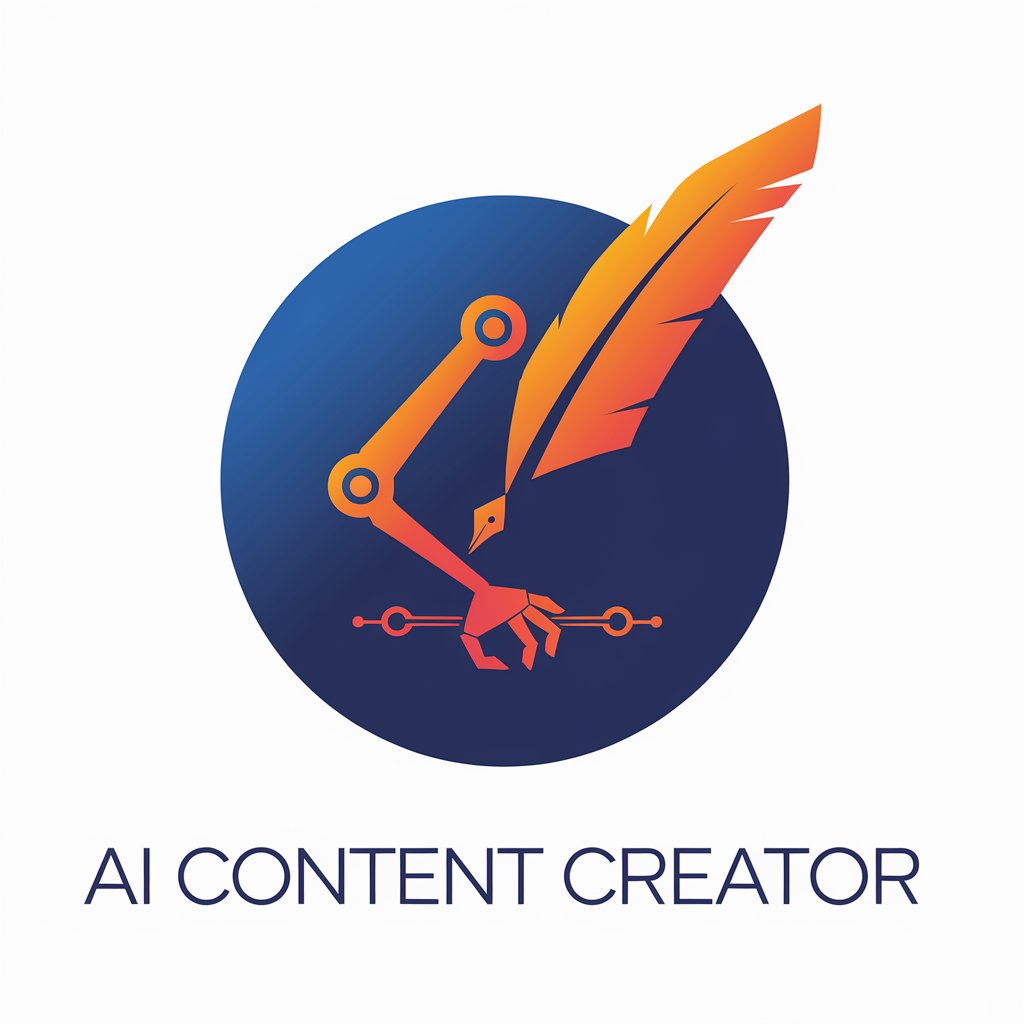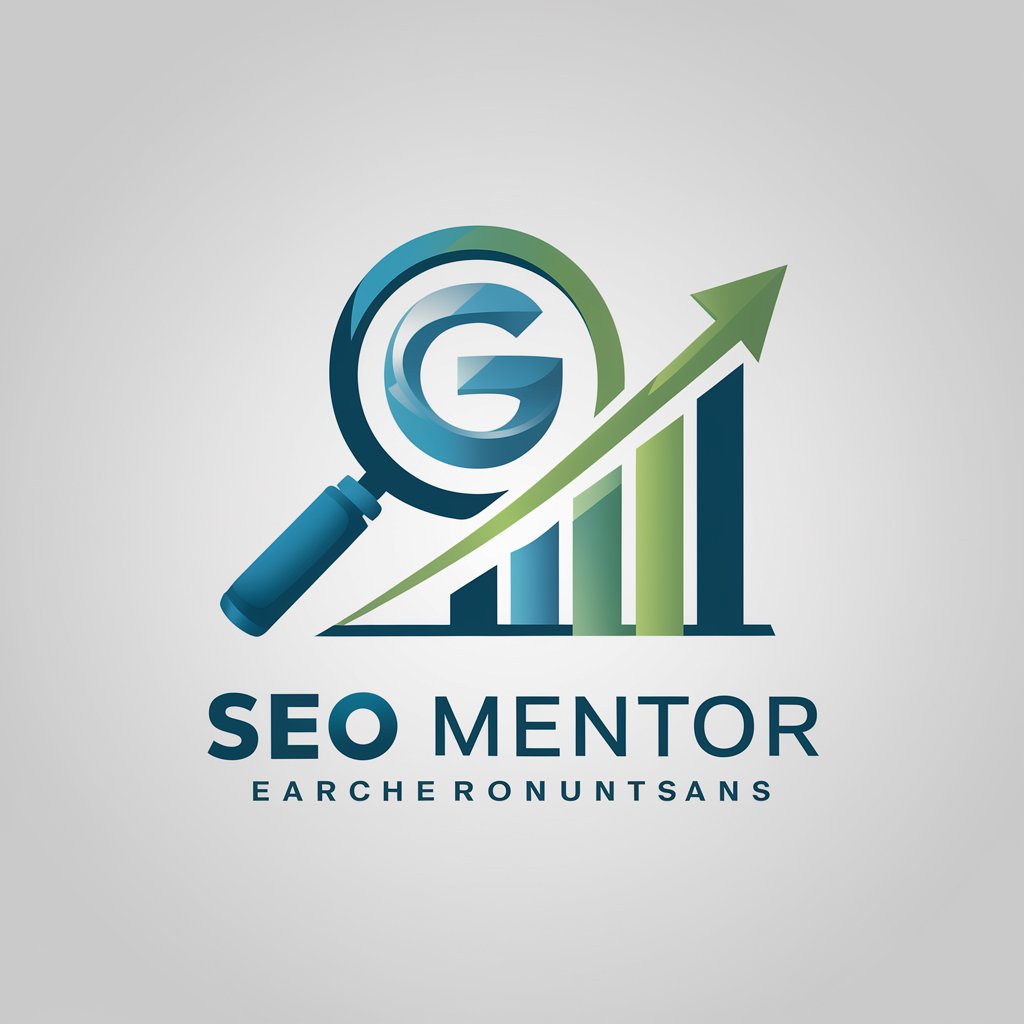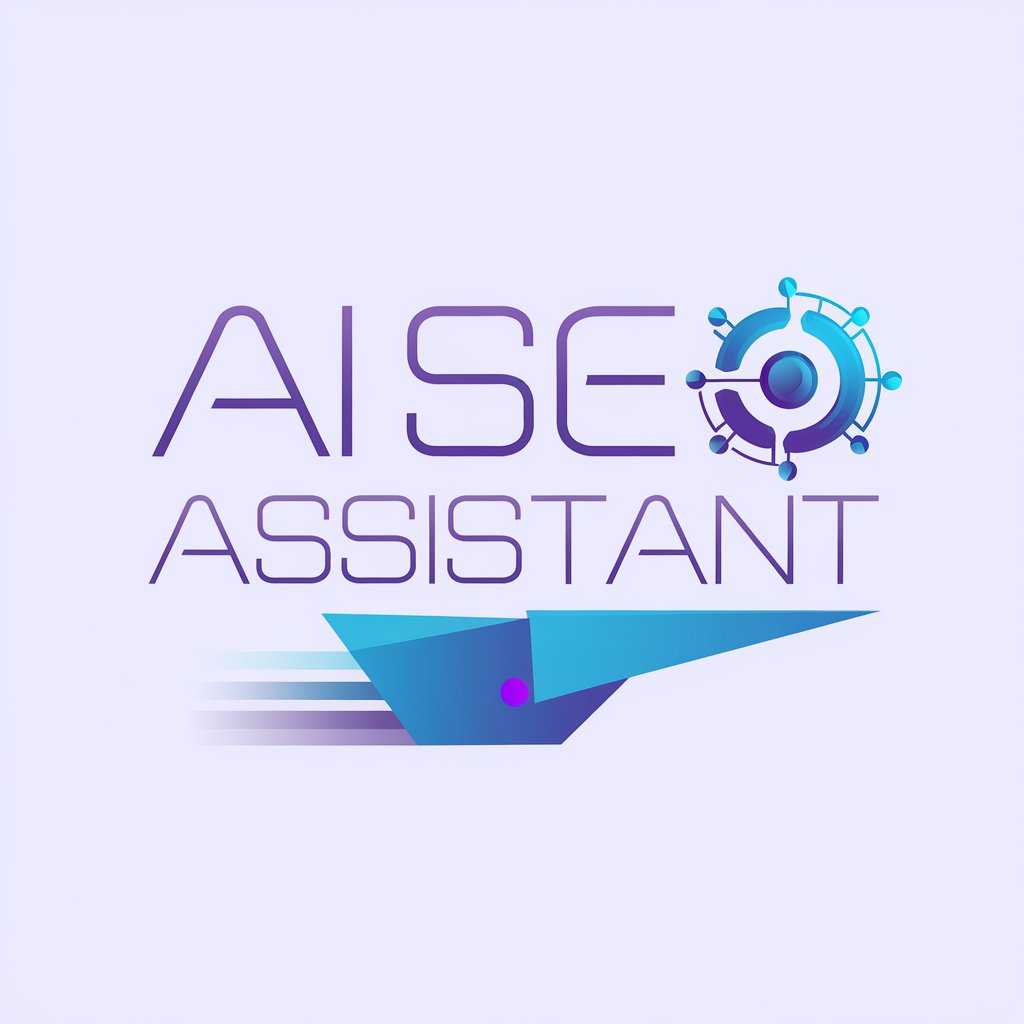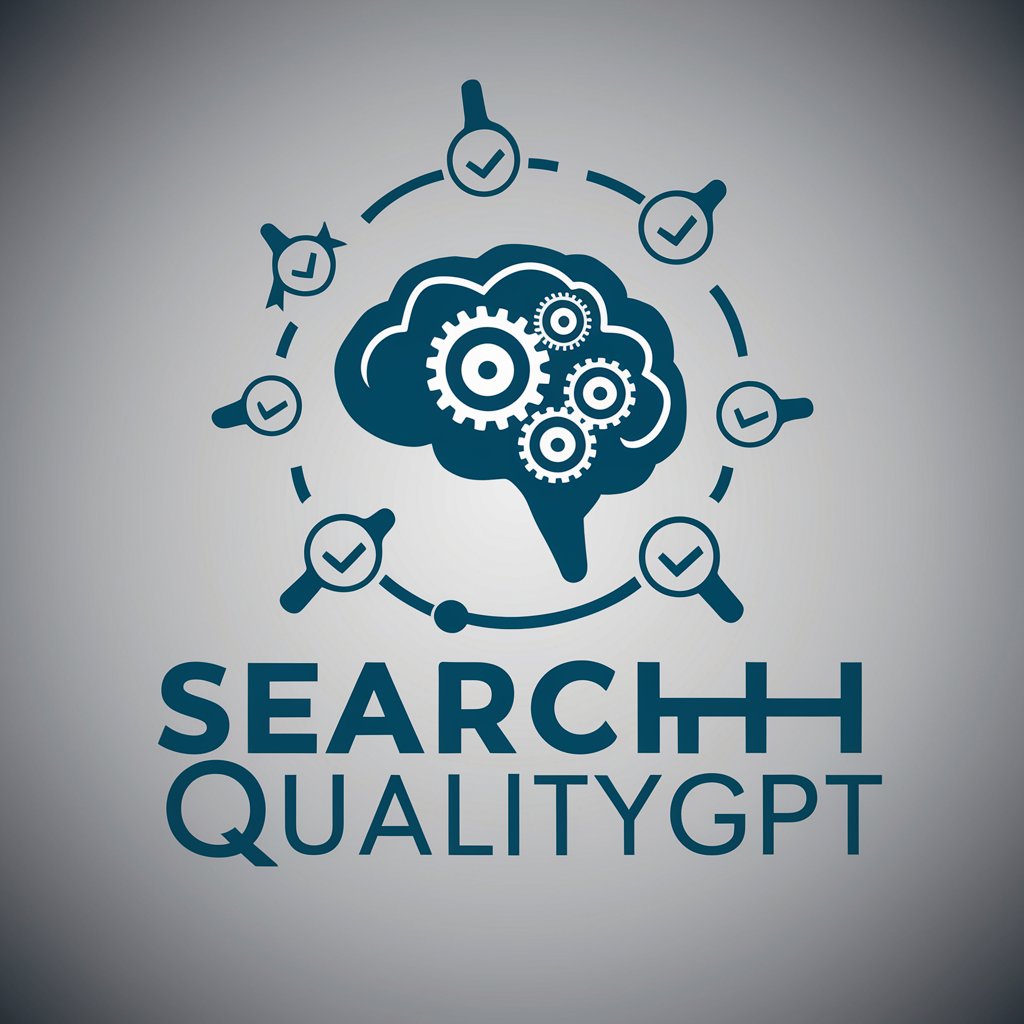
Improve Readability (SEO)-tool to optimize readability for SEO.
AI-powered content optimization for better SEO and readability.

Tell me your keyword and desired reading level (8th Grade, 9th Grade etc). Give me the text one section at a time to avoid errors. I will assume that your keyword density is already optimised and try to maintain it. Readability isn't a direct ranking fac
Rewrite this for an 8th grader:
Simplify this but respect my keyword distribution!
Make this easier to read in UK English:
Rewrite this but don't mess up my keyword density:
Get Embed Code
Introduction to Improve Readability (SEO)
JSON code correctionImprove Readability (SEO) is a set of strategies, tools, and best practices designed to optimize web content in ways that make it more accessible, engaging, and easier to understand for both users and search engines. Readability plays a crucial role in enhancing user experience (UX) and boosting content rankings on search engines like Google. This is achieved by making the content clear, coherent, and scannable through techniques such as short paragraphs, proper heading structure, and the effective use of multimedia. As search engines increasingly prioritize user engagement metrics, improving readability directly contributes to better SEO performance. For instance, if a user finds a blog post too difficult to follow due to complex sentences or poor structure, they may leave the page quickly, increasing the bounce rate and ultimately lowering the page's search engine ranking. Conversely, a well-structured, easily readable page encourages users to stay longer and interact with the content, which is favorable for SEO.
Main Functions of Improve Readability (SEO)
Sentence and Paragraph Optimization
Example
Breaking upJSON error correction long, complex sentences into shorter ones and reducing dense paragraphs.
Scenario
A company blog post that has 200 words in a single paragraph may lose readers due to the wall of text. By breaking this paragraph into multiple smaller ones, readers can more easily digest the information. This also benefits SEO by increasing the chances of users staying on the page longer, reducing bounce rate.
Use of Clear and Descriptive Headings
Example
Including H1, H2, and H3 headings to structure content logically and facilitate easier scanning.
Scenario
In an article discussing 'SEO Best Practices', the use of clear headings like 'What is SEO?', 'Why SEO is Important', and 'SEO Strategies' helps users navigate the article quickly and find the section they are looking for. It also helps search engines understand the main topics of the article, contributing to better SEO.
Text Readability Scoring and Suggestion Tools
Example
Tools like the Flesch-Kincaid readability tests, which analyze content for sentence complexity and word usage.
Scenario
A freelance writer working on an eCommerce product description uses a readability tool to ensure their content scores well on readability scales. The tool suggests simplifying some of the wording, which not only makes the content easier for potential customers to understand but also improves its ranking potential on search engines like Google.
Multimedia Integration
Example
Using relevant images, videos, and infographics to break up text and improve engagement.
Scenario
A tutorial on 'How to Set Up Google Analytics' integrates screenshots and videos to guide users through each step. This multimedia content supports better user understanding, keeps users on the page longer, and has positive implications for SEO by increasing engagement.
Mobile Optimization
Example
Ensuring that content is easily readable on mobile devices, with appropriately sized text, images, and responsive design.
Scenario
A local restaurant's website ensures that its menu page is mobile-optimized, with large readable fonts, clear headings, and simple layouts. This improves the user experience on mobile devices and contributes positively to the site's search rankings on Google, where mobile optimization is a ranking factor.
Ideal Users of Improve Readability (SEO) Services
Content Writers and Bloggers
These users are responsible for creating written content that needs to be both engaging and easily consumable. They benefit from readability tools and strategies to ensure their content is both user-friendly and optimized for search engines. For instance, a content writer focusing on creating SEO-friendly blog posts would use readability techniques to improve text flow, sentence length, and structure, ensuring the post is not only optimized for keywords but also accessible to readers. Improving readability enhances the chance of readers staying on the page, which lowers bounce rates and boosts rankings.
Digital Marketers and SEO Specialists
SEO professionals can leverage readability improvements as part of their optimization strategies. They benefit from tools and methods that enhance user experience (UX), which indirectly boosts rankings through better user engagement metrics. For example, a marketer managing a website's SEO may apply readability techniques such as clear headings, optimized paragraphs, and mobile-friendly design to improve site performance. As part of their broader SEO strategy, improving readability helps ensure content ranks better due to higher user retention and lower bounce rates.
E-commerce Website Owners
E-commerce sites often feature product descriptions, reviews, and blog posts. Ensuring these pages are easily readable can boost conversion rates and enhance SEO. By making product descriptions clearer and more scannable, customers are more likely to stay on the page longer and make a purchase. For instance, a website selling outdoor gear may include concise, well-organized product descriptions with bullet points and readable sections, improving both user satisfaction and SEO performance.
Web Developers and Designers
Web developers and designers play a crucial role in optimizing the user interface (UI) and user experience (UX) of a site. They benefit from understanding readability principles so that they can design pages that are both functional and easily navigable. For example, a developer creating a mobile version of a site will focus on ensuring the text is large enough to be read comfortably on small screens and that the page structure uses appropriate headings and clear text blocks. This directly influences both UX and SEO by improving readability across all devices.
Businesses with Blogs or Content Marketing Strategies
Businesses investing in content marketing and maintaining a blog can benefit significantly from readability improvements. Readable and SEO-optimized blog posts encourage longer site visits, enhance engagement, and can improve the likelihood of the content being shared on social media. For example, a SaaS company that writes blogs on various software solutions will want to ensure their content is easy to read and understand, which will not only improve user experience but also make the content rank better on search engines.
How toImprove readability SEO guide Use Improve Readability (SEO)
1. Visit aichatonline.org
Go to aichatonline.org for a free trial. There's no need for login or a ChatGPT Plus subscription to begin using the tool, allowing you to start instantly and explore its capabilities.
2. Input your content
Copy-paste or type the content you want to optimize for readability directly into the tool's interface. The platform will automatically analyze the text for SEO-readability issues and offer suggestions for improvement.
3. Review the suggestions
Once the tool processes your content, it provides a list of actionable suggestions, such as adjusting sentence length, improving keyword usage, and simplifying jargon. Pay attention to areas with the highest readability impact.
4. Apply changes iteratively
Use the recommendations to refine your text. Make changes step by step, improving clarity and SEO-friendliness. The tool highlights problem areas, allowing you to focus on high-priority revisions.
5. Export optimized content
Once you'veImprove Readability SEO Guide made adjustments, export your content in the desired format. Whether for web pages, blog posts, or other digital content, the text will now be more readable and SEO-optimized.
Try other advanced and practical GPTs
Task Reminder
AI-powered reminders for efficient task management.

🌟 Awesome Story Writer
Craft your story with AI-powered creativity.

SharePointer
AI-driven tool for smarter content creation

Academic Reframer - Anti Plagiarism
AI-powered plagiarism detection and paraphrasing.

Matematicas financieras Ver 3.
AI-powered financial math, step by step.

Java
AI-powered Java guidance from setup to scale.

Promotor de Justiça
AI-powered legal assistance for all needs.

Roteirista Criativo
AI-powered scripts and analysis for German football videos

IB Chem IA Guide
AI-powered support for your Chemistry IA

MHA OC Creator
AI-powered creator for original MHA characters.

Eleven Labs
AI-powered text‑to‑speech, cloning, and dubbing.

Math Expert
AI-powered, step-by-step math solutions.

- Social Media Posts
- Blog Writing
- Technical Documentation
- Copywriting
- Web Content
Frequently Asked Questions about Improve Readability (SEO)
What are the benefits of using Improve Readability (SEO)?
This tool helps improve the readability of your content while optimizing it for search engines. It offers suggestions on sentence structure, word choice, and keyword usage, making your text easier to read and more likely to rank higher in search engine results.
Can Improve Readability (SEO) help with content for different industries?
Yes, the tool can be applied across a wide range of industries. Whether it's academic writing, marketing copy, or technical documentation, the tool provides personalized suggestions based on your content's specific needs and SEO requirements.
How does the tool identify readability issues?
The tool uses algorithms to analyze sentence length, use of passive voice, complexity of vocabulary, and other factors. It then generates a list of recommendations to improve flow, clarity, and SEO-friendliness based on best practices.
Is Improve Readability (SEO) compatible with other writing tools?
Yes, the tool integrates seamlessly with most writing and CMS platforms. You can copy-paste text from word processors, email, or website content management systems for optimization, or directly import content in specific formats.
How can I optimize my writing for better SEO using this tool?
Focus on adjusting sentence structure for better clarity, ensuring keyword density is optimized without keyword stuffing, and simplifying complex phrases. The tool highlights specific SEO issues like keyword placement, meta descriptions, and sentence length.






